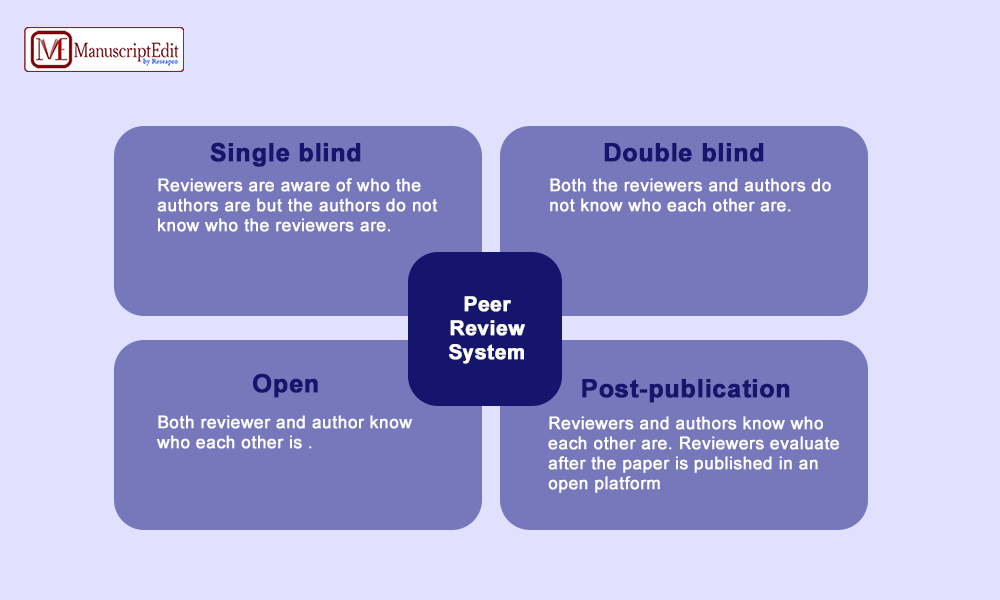 Peer review is essential to ensuring authenticity and rigour in academic publications. There are three categories of peer review: open review, double-masked review, and anonymous review.
Peer review is essential to ensuring authenticity and rigour in academic publications. There are three categories of peer review: open review, double-masked review, and anonymous review.

To help you through this process, we’ll discuss valuable techniques for answering reviewer comments, such as addressing critiques, giving brief answers, and defending your work. Download a peer review example PDF to enhance your comprehension and study the examples.
What Are the 3 Kinds of Peer Review?
Peer review comes in three types:
- Blind review: The reviewers do not know the author’s identity, and the author does not know the reviewers’ identities.
- Double-blind review: The identity of the reviewers and the author are unknown to one another.
- Open review: The reviewers know the author’s identity and the author knows the identity of the reviewers.

How Do You Write a Good Peer Review?
Address Criticisms and Suggestions
It’s essential to carefully evaluate reviewer comments to discern between serious and minor issues before responding to critiques and suggestions—sort responses according to how they will affect the validity and contribution of your study. When discussing examples of medical peer reviews, start with methodological and ethical issues.
When you revise, consider comments or immediately incorporate them. Use the example peer review letter as a template to organise and effectively convey your changes.
Provide Clear and Concise Responses
To respond clearly and succinctly, you must organise your response to specifically address each issue brought up by the reviewers. Thank them for their insights at the outset, then list the remarks and your answers.
To help reviewers understand your changes, use clear language and make specific references to sections or figures in your amended paper. Good answers show that you have taken the time to consider the criticism and are determined to use it to improve your work.
Defend your Work
Maintaining your integrity requires a careful balance. Respect a reviewer’s competence by acknowledging their viewpoint even if you disagree with it. Next, briefly and courteously explain your position, offering supporting information or citations as needed.

Techniques include:
- Offering a compromise.
- Asking for clarification when a comment is unclear.
- Elaborating on why a particular suggestion might not be appropriate.
What Is an Example of a Peer Review?
An academic paper submitted for publication to a journal is an example of a peer review. Experts who serve as reviewers assess the article’s quality, validity, and applicability. They offer the author(s) input and recommend changes and enhancements.
To witness the procedure in action, download a sample peer-review PDF. Peer review example for students are another valuable resource for teaching students about the value of thorough assessment in scholarly publications.
Conclusion
A vital stage in publishing that guarantees legitimacy and rigour is peer review. Reaction tactics that work include answering concerns, giving concise answers, and politely defending your work.
Keep in mind to prioritise comments, edit carefully, and speak formally. You can publish high-calibre research and successfully navigate the peer review process if you can master these skills.
References
- https://www.linkedin.com/pulse/10-simple-tips-responding-reviewers-comments-editing-and-translation
- https://www.editage.com/insights/tips-for-responding-to-peer-reviewers
- https://www.elsevier.com/connect/3-top-tips-for-responding-to-reviewer-comments-on-your-manuscript
